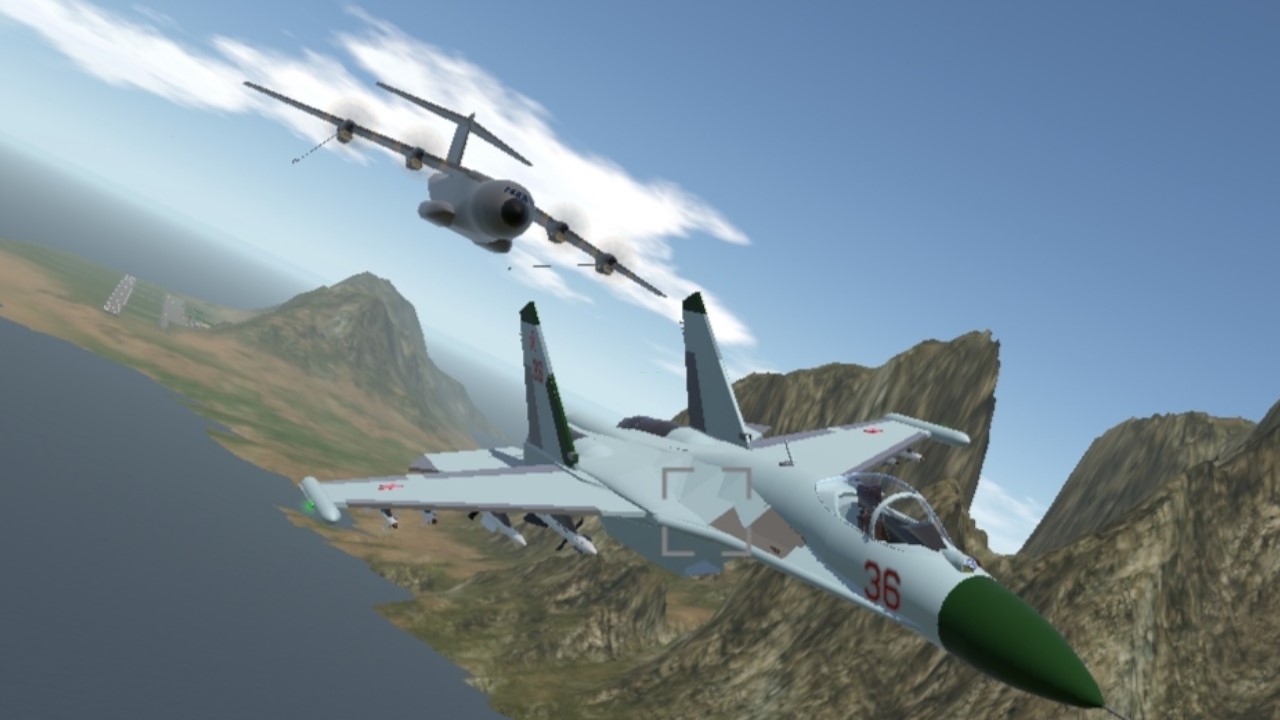This is the scalpel 2.0 over the Barents Sea
SU-27 early version Red NO.36
2.0 version get the better cockpit and HUD
The stabilizer cone was added to the vertical stabilizer fin. More similar to the appearance of earlier Su-27 models
The operation method is the same as that in previous versions
ag1 parachute
ag3 cockpit
ag4 high thrust
ag6 drop missile
ag7 drop missile
ag8 missile lock
The origin of the nickname:Scalpel
On September 13, 1987, a P-3B anti-submarine patrol aircraft of the Norwegian Air Force was on a reconnaissance mission off the Coast of the Soviet Union when it encountered a new Soviet fighter jet in the sky over the Barents Sea. The Soviet fighter jet, on its third approach to the P-3B, passed under the right wing of the P-3B at a high speed, with its vertical tail on the no. 1 engine on the right side of the P-3B. The P-3B almost crashed with a scalpel gash, while the Soviet jet quickly returned due to a damaged tail. It was the "Barents Sea Air Scalpel" incident of the Cold War, the mysterious Soviet fighter jet that became known as the Su-27, and the conflict is remembered in history as the most famous example of a Soviet air strike.
All in all hope you enjoy it
Specifications
General Characteristics
- Predecessor SU-27 THE scalpel in the Barents Sea
- Created On Android
- Wingspan 49.7ft (15.2m)
- Length 73.0ft (22.2m)
- Height 19.3ft (5.9m)
- Empty Weight 38,932lbs (17,659kg)
- Loaded Weight 64,902lbs (29,439kg)
Performance
- Power/Weight Ratio 4.501
- Wing Loading 51.7lbs/ft2 (252.5kg/m2)
- Wing Area 1,254.9ft2 (116.6m2)
- Drag Points 8770
Parts
- Number of Parts 528
- Control Surfaces 8
- Performance Cost 2,189




